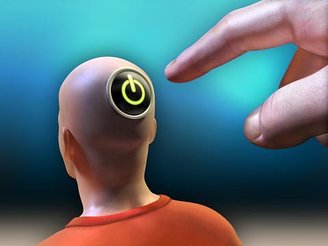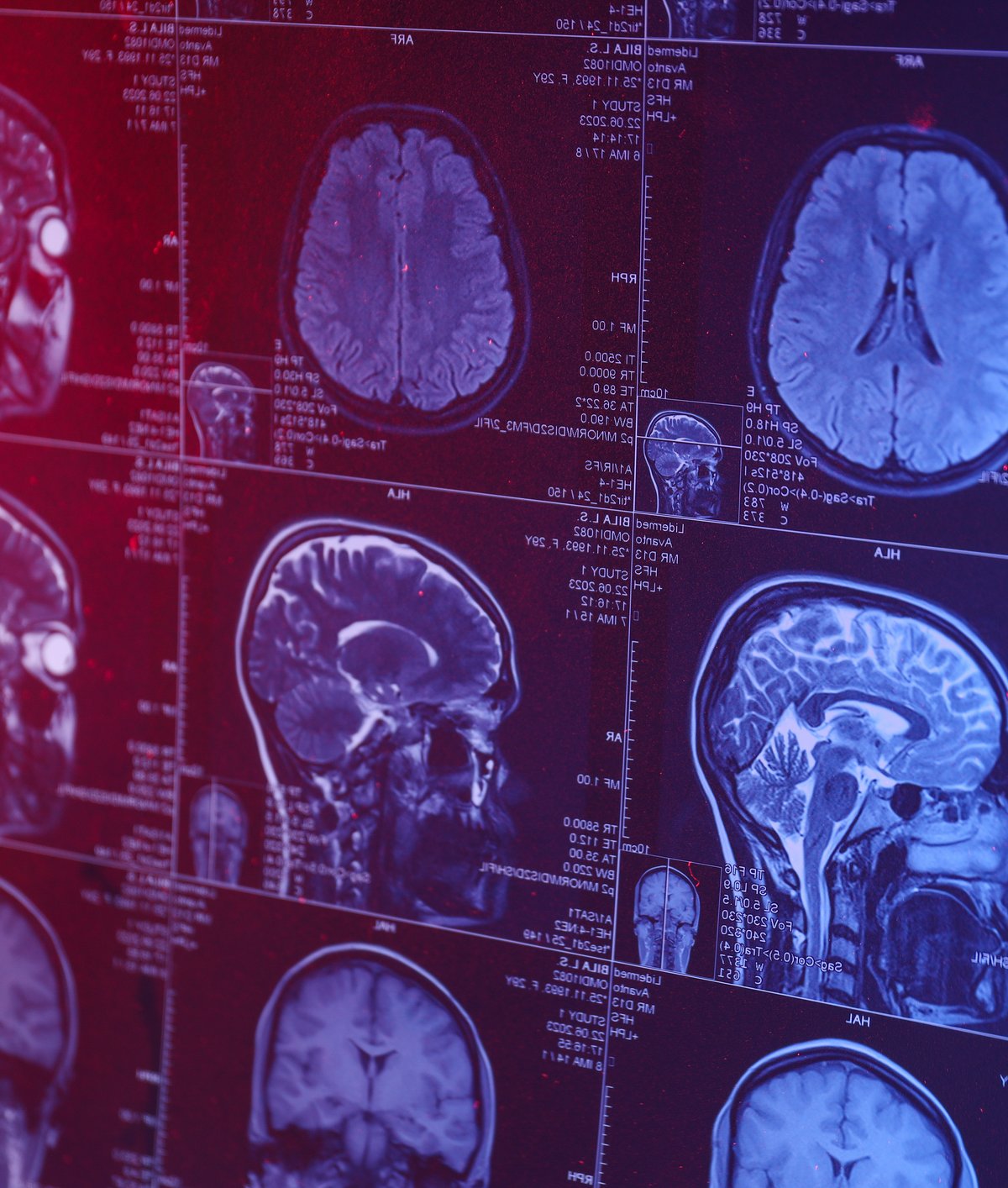A study conducted ten years ago on laboratory mice at the Department of Molecular and Integrative Physiology at the University of Michigan in the USA provided serendipitous inspiration. Important research into what happens in the human brain when people die.
In a recent interview with BBC News Mundo, the study’s first author, Jimo Borjigin, explains that during the experiments, two mice died while the team was examining their neurochemical secretions after surgery. This allowed real-time observation of the death process in the rodents’ brains.
Borjigin: “A large amount of serotonin was secreted in one of the mice.” whether the animal was hallucinating at the time, “because the neurotransmitter is linked to them,” he explained. Searching for an explanation in the specialized literature, the neuroscientist discovered that “we know very little about the process of death.”
Loss of oxygen after cardiac arrest
Determined to investigate whether this “epidemic of coherence and neurophysiological connectivity in the dying brain” (the title of the mouse paper) might happen to us, too. conducted a new study, this time with humans. The research paper was published in the journal PNAS in May 2023.
To prove their hypothesis, the study says they analyzed “electroencephalogram and electrocardiogram signals in four dying patients in a coma before and after discontinuation of respiratory support.” Borjigin assures the BBC that what they discovered goes against everything imagined.
Similar signs of gamma activation were found in both rat and human brains shortly after oxygen loss caused by cardiac arrest. Study co-author George Mashour, director of the Michigan Center for Science Awareness, said:“It is a neuroscientific paradox that living experience can emerge from a dysfunctional brain during the dying process.”.
Increased brain activity after turning off devices

The new research was conducted on four patients who died of heart attacks and were monitored with an electroencephalogram (EEG). Because they are in an unresponsive coma, Families asked for life support equipment to be turned off.
Interestingly, two of them showed an increase in heart rate as well as in areas of the brain associated with conscious functions. One of these areas is the so-called “posterior cortical hot zone,” a junction where the temporal, parietal, and occipital lobes connect.
According to Borjigin, “it is the back part of your brain that is responsible for sensory perception.” In other brain studies, dreams have been associated with visual hallucinations and altered states of consciousness in epilepsy.says the author.
Why is the brain more active at the time of death?

Trying to understand why the brain becomes hyperactive rather than hypoactive during cardiac arrest. Borjigin believes this is due to some survival mechanism. He compares the agency to a family of people whose providers have lost their jobs and no longer have any source of income.
Just as people cut back on non-essential spending, the brain does the same, neuroscientist says, but in this case, “The important thing is to breathe and keep your heart beating.” His hypothesis is that the brain “has endogenous mechanisms to cope with hypoxia.” [falta de oxigênio] “We still don’t understand this,” he says.
The study is still limited: Although the authors discovered that these incredible subjective experiences experienced by heart attack patients are due to an increase in brain activity, the question remains: Why is the brain so active at the time of death? Future multicenter studies of ICU patients monitored with EEG and surviving heart attacks may provide answers.
Stay up to date with the latest scientific studies at TecMundo. If you wish, take the opportunity to learn what would happen if a person died in space.
Source: Tec Mundo
I’m Blaine Morgan, an experienced journalist and writer with over 8 years of experience in the tech industry. My expertise lies in writing about technology news and trends, covering everything from cutting-edge gadgets to emerging software developments. I’ve written for several leading publications including Gadget Onus where I am an author.













